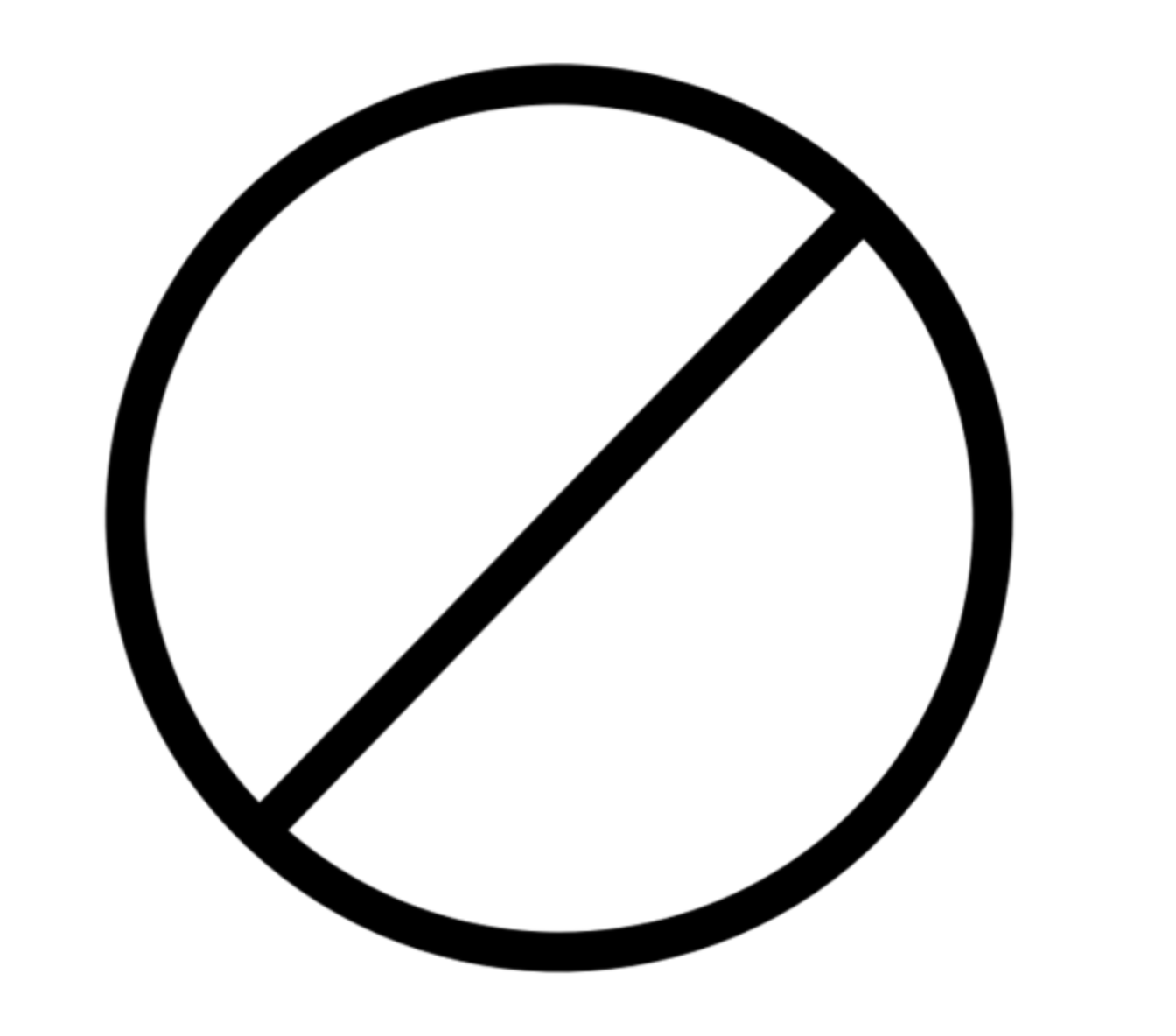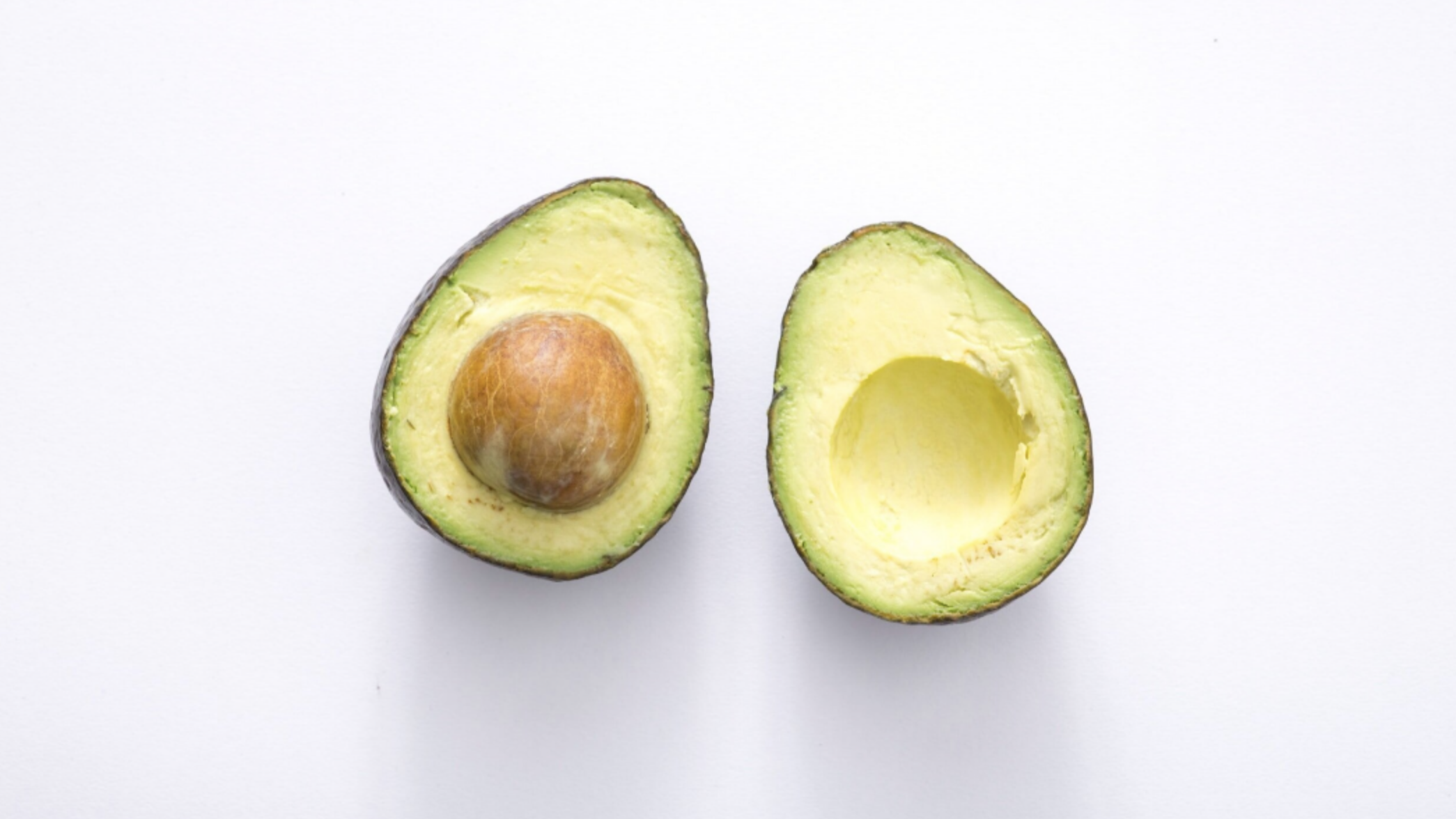
Healthy Eating
Guidelines for Eating for Health and Wellness
Identify Where to Focus Your Eating Patterns
As part of your healthy eating plan, you have a list of color-coded food items. These include meats, vegetables, fruits, and starches.
The green color-coded foods include vegetables, lean meats, animal products such as egg whites, zero-fat Greek-style yogurt, and vegetables, for which portion control or weights do not matter as much. We have indicated the minimum portion sizes for some of the lean protein-rich foods.
Foods belonging to the yellow list contain more calories per serving size and require attention to portion size: these include animal proteins with higher fat content, starchy vegetables, nuts, and most soft cheeses.
The red list includes food that is either very high in fat or is very calorie-dense. Individuals should consume items on the red food list occasionally and in moderation.
Finally, individuals should avoid the foods on the black list. These “junk” foods are not allowed in a healthy diet. Consuming these foods impedes weight loss and disease prevention.
The following section will provide a better understanding of food types and portion sizes for healthy eating and weight loss.
Meats and Meat Substitutes
There are four sub-lists within this food group; each serving size is 1 ounce. This list varies in fat content. Poultry, beef, and pork may belong to different categories depending on the amount of fat, in particular cuts of meat.
Green List: Very Lean Meat and Meat Substitutes
Items include poultry, fish, most shellfish, low-fat cottage cheese, and egg whites
These items contain 7 grams of protein, 0 grams of carbohydrate, 0-1 grams of fat, and 35 calories per ounce.
These items belong to the green list of foods, meaning that you can consume them as you wish.
Green List: Lean Meat and Meat Substitutes
Items include beef, pork, some poultry, lamb, veal, cottage cheese, and fatty fish.
These items contain 7 grams of protein, 0 grams of carbohydrate, 2-3 grams of fat, and 55 calories per ounce.
Although a bit higher in fat content, these items are considered members of the green list.
Yellow List: Medium Fat Meat and Meat Substitutes
Items include beef, pork, lamb, poultry (with skin or dark meat), eggs, and tempeh.
These items contain 7 grams of protein, 0 grams of carbohydrate, about 5 grams of fat, and 75 calories per ounce.
These items belong to the yellow list of foods and should be consumed in moderation due to their higher fat content.
Red List: High Fat Meat and Meat Substitutes
Items include pork ribs, sausage, hot dogs, all hard or regular cheeses.
These items contain 7 grams of protein, 0 grams of carbohydrate, about 8 grams of fat, and 100 calories per gram.
These are high-fat sources of protein and have to be consumed in moderation and occasionally. They belong to the red list of foods.
The difference in calories between sub-lists is significant due entirely to the calories from fat (since protein and carbohydrate content are the same).
It is best to restrict most meat and meat substitute choices to those from the green and red list of foods to keep calories and fat grams minimal.
Fruits and Vegetables
Fruits
The fruit list includes all fruits – fresh, canned, frozen, dried, and juiced.
Whenever you can, eat whole fruit as opposed to juice or canned fruit. Whole fruits have greater nutritional value, are more filling, and often have the same calories per serving.
Fruit portions differ depending on the caloric density of the item. Generally, a fruit serving size is one small fruit (4 ounces), ½ cup of juice, or ¼ cup of dried fruits.
Like other foods, each fruit item's density makes a difference as to how much a serving size is. Watermelon, for example, has a lot of water in it, effectively spreading out the calories in a larger volume. A serving of watermelon is 1¼ cup (cubed). Raisins have their calories compacted into smaller volume because the fruit is dry. A serving of raisins is two tablespoons which is a very small serving.
Berries are low in calories and are often considered a "free" food belonging to the green list.
Others are too calorie-dense and should be avoided in weight loss programs; these included bananas and pineapples. Some fruits like grapes and cherries have a high amount of sugar and should be consumed in moderation or avoided if you have certain conditions like diabetes.
Vegetables
Vegetables are incredibly nutrient-dense, full of fiber, vitamins, and are often low in calories - like leafy-green vegetables including celery, lettuce, spinach, or asparagus. Colorful vegetables such as bell pepper, eggplant, cauliflower, and broccoli, are also valuable additions to a healthy diet.
Eat vegetables frequently – aiming for 5-9 servings of various veggies daily. Because vegetables are so low in calories, provide valuable nutrients, and add bulk to the diet - we do not ask you to measure vegetable portions. Even if you have to be on a very low-calorie diet, you should still be able to eat lots of healthy vegetables. Eat vegetables freely and with every meal.
A serving is:
1/2 c. of cooked veggies
or 1 c. of salad
Vegetables also include root vegetables such as carrots, beets, and starchy vegetables such as potatoes and corn. Low-calorie or low-carbohydrate diets exclude either eliminate starchy/root vegetables or limit them to one meal per day. Please review this list and be mindful of the serving sizes.
Starchy Foods:
While some vegetables are considered "starchy," this term usually refers to cooked or processed starches. This list contains the most diverse range of foods, including bread, crackers, cereals, pasta, snacks, starchy vegetables, grains, and whole grains.
Most of these foods are solid and dense, have added oil and sugar, are very calorie-dense, and are usually eliminated from weight loss or diabetes management diets because they add additional calories with minimal nutritional benefit.
If you cannot cut these items out of your diet, you should accurately monitor your intake because calories quickly add up.
If such food items are "trigger" foods for you, which tend to cause you to overeat, it is best to avoid them entirely until you feel more confident in controlling portions.
Starchy foods you should eliminate from your diet include chips, cookies, crackers, scones, muffins, waffles, pancakes, french fries, cakes, doughnuts.
Pasta, rice, and potatoes should be eliminated or limited to one serving size per day - usually as a side dish with lunch or dinner.
Calculate how many calories you save on an average day when you avoid such foods. Here are some examples:
Fats
Fat imparts flavor and texture to our food, and it is essential to consume some fat daily to prevent boredom and a sense of deprivation. Healthy fats are mono- or poly-unsaturated, and although serving sizes are very small (1 tsp.), fat provides the most concentrated source of calories in our diets.
Good fats are rich in omega fatty acids, which help your body absorb key nutrients and vitamins, provide a sustained energy boost, and protect your organs.
Good fats include avocados, olive and canola oils, olives, nuts, peanut and other nut butters, sesame and other seeds, and tahini. While nuts are a good source of protein, they are high in fat and calorie-dense and belong on the yellow list of foods that individuals should monitor when including in their diet.
Bad fats include bacon, butter, coconut milk, cream cheese, sour cream, shortening, or lard. These fats belong on either the red or black list of food.

Healthy Eating
Copyright Reza Yavari, MD
Board Certified in Endocrinology, Diabetes, and Metabolism










